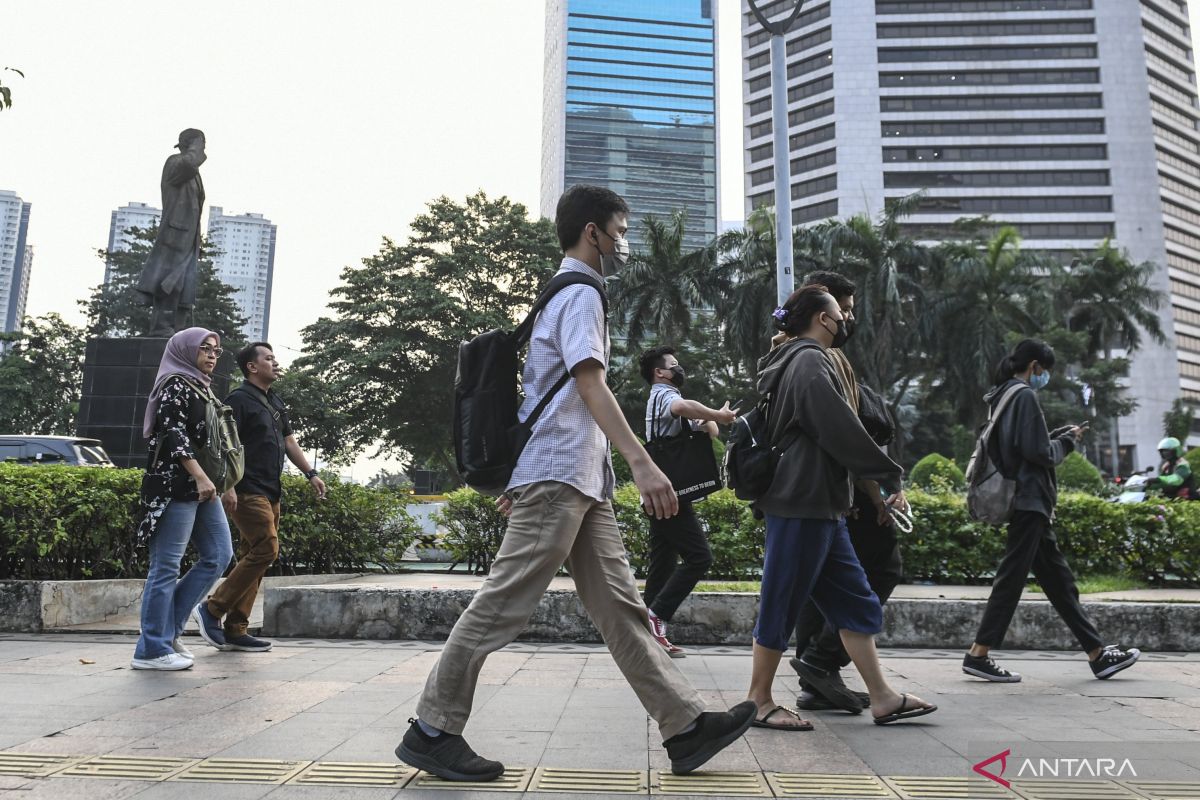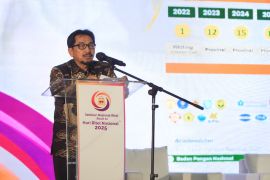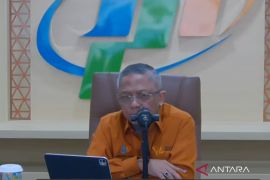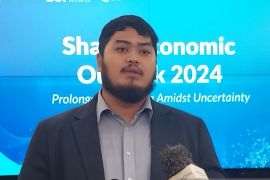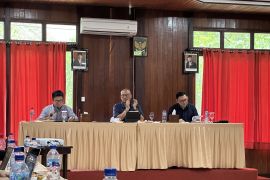The main characteristics of the middle class in Indonesia include diverse consumption patterns, with food accounting for the largest share of expenditure, followed by housing, vehicles, health, education, and entertainment.
In terms of employment, most middle-class workers hold formal jobs, while others run productive businesses or work as entrepreneurs.
Coordinating Minister for Economic Affairs, Airlangga Hartarto, has emphasized that maintaining the resilience of the middle class is a challenge that must not be overlooked.
According to the criteria released by the World Bank in 2024, individuals whose expenditures range from Rp2,040,262 to Rp9,909,844 (around US$643.01) per capita per month can be categorized as middle class in Indonesia.
However, based on data issued by Statistics Indonesia, the median expenditure of the middle class is Rp2,846,440 per capita per month, which is closer to the lower threshold.
This suggests that middle-class households are struggling to move up to the upper class and are vulnerable to falling into the aspiring middle-class category.
Despite being considered the driving force of the national economy, the middle class faces several challenges that make it vulnerable to decline.
Currently, the middle-class population in Indonesia is shrinking. The government continues to monitor this trend to ensure that Indonesia remains on a path of economic growth.
Data from Statistics Indonesia show that the middle-class population in Indonesia stood at 53.83 million in 2021, but declined to 49.51 million in 2022, 48.27 million in 2023, and 47.85 million in 2024. Meanwhile, the upper-class population remained relatively stable at 1.07 million in both 2021 and 2024.
The decline in the middle-class population indicates economic pressures. If not properly addressed, this situation could weaken Indonesia's economic resilience to shocks.
Government role
The government needs to recognize the vulnerabilities of the middle class and consider creating more inclusive policies to support this group. For example, providing skills training and workforce development programs could help them cope with the challenges of a developing labor market.
In addition, the government could consider more lenient tax policies for groups within certain income ranges or offer incentives to families who bear the cost of their children's education.
These measures could provide financial relief to the middle class and ultimately help them remain stable while continuing to contribute to the economy.
According to Statistics Indonesia, the share of tax payments in middle-class expenditure was just 3.48 percent in 2019, but it rose to 4.53 percent in 2024. During the same period, spending on education increased from 3.64 percent to 3.66 percent, and spending on goods and services grew from 6.04 percent to 6.48 percent.
The government needs to address this increase to ensure that demand for goods and services in the domestic market remains high. High demand will serve as a driver for various industrial sectors, including manufacturing, services, and trade.
Government support
The government has launched several programs to ensure that the middle class grows again and contributes optimally to the national economy.
According to the Coordinating Ministry for Economic Affairs, the programs include social protection initiatives, the Pre-Employment Card program, Job Loss Insurance (JKP), People's Business Credit (KUR), and energy subsidies and compensation.
In addition to maintaining the purchasing power of the middle class, strategic steps have been taken to prevent middle-class households from sliding into the vulnerable category and to ensure inclusive and sustainable growth for everyone.
The government has also decided to once again provide the incentive of a 100 percent government-borne value-added tax (VAT) for home purchases from September 2024 to December 2024.
Support has also been extended to low-income individuals in the housing sector through an increase in the quota of the Housing Financing Liquidity Facility (FLPP) in 2024, from 166,000 units to 200,000 units.
The Ministry of Finance announced that the government has rolled out a VAT exemption policy for several spending categories, such as basic necessities, education, health, and transportation. This incentive is aimed at the middle- and upper-class groups.
The government continues to focus on infrastructure development, including the construction of toll roads, airports, ports, and digital infrastructure, to enhance connectivity and mobility, making it easier for people, including the middle class, to carry out their activities.
Efforts are also being made to ensure that government policies do not focus solely on the extremely poor but also address the middle class, which is often overlooked.
With various forms of support and targeted programs, the middle class is expected to continue serving as the main driver of a more stable and sustainable economy. Related news: Govt seeks solutions for shrinking middle class
Related news: Most countries reeling from problem of shrinking middle class: Jokowi
Translator: Zubi Mahrofi, Raka Adji
Editor: Anton Santoso
Copyright © ANTARA 2024
